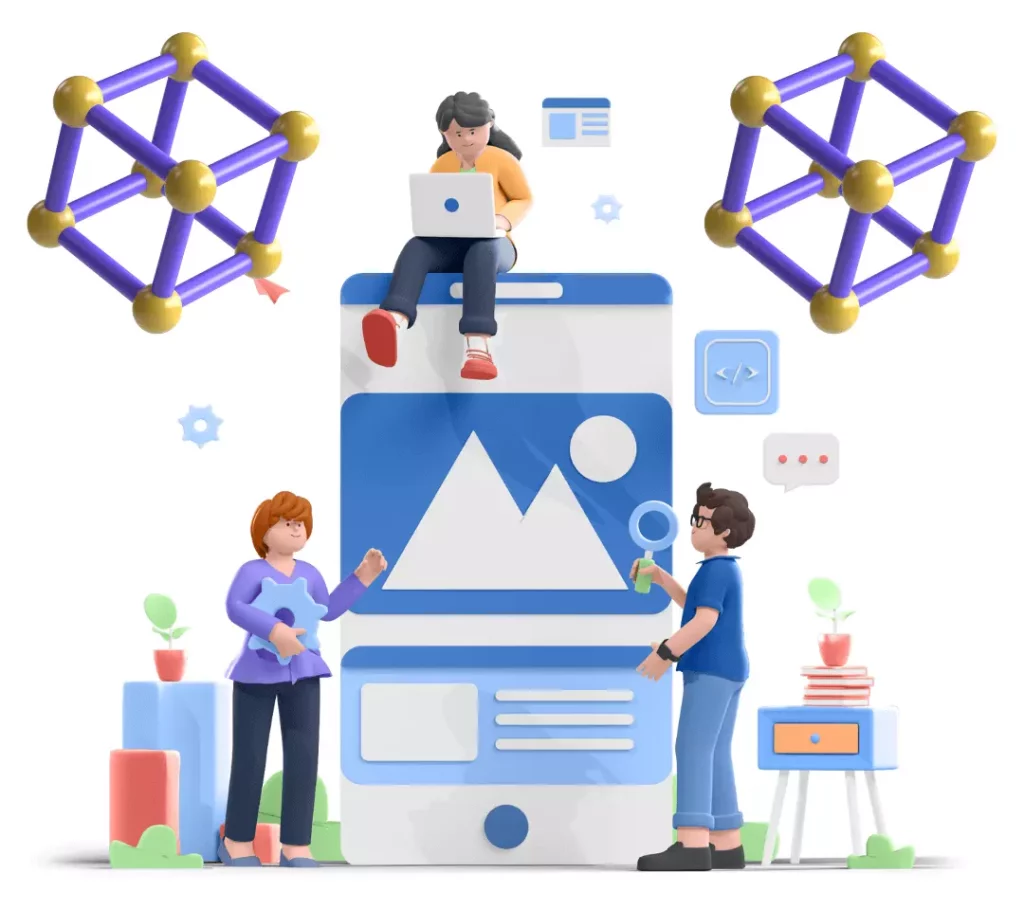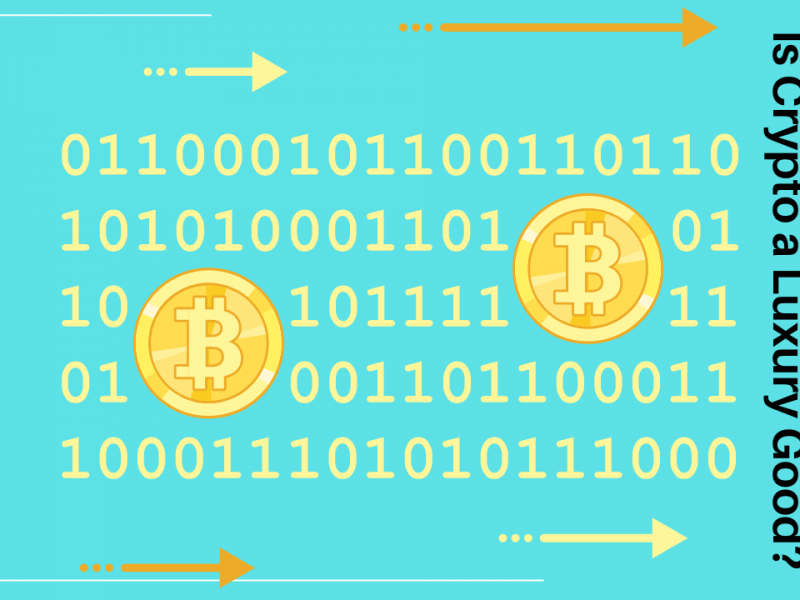Bitcoin’s peer-to-peer technology and distributed storage ledger gave blockchain a boost. These characteristics are the pillars of decentralized applications, or DApps, a new type of application.
According to Wikipedia, a decentralized application (Dapp, dApp, or DApp) is an application many users run on a decentralized network with trustless protocols. There is no single point of failure. Typically, they reward users with tokens for providing computing power.”
As the name implies, decentralized applications are neither owned by a central authority nor can they be shut down by a third party, meaning they do not experience downtime. They are open-source software that uses smart contracts to successfully run a blockchain dApp development company.
Why are Decentralized apps better than centralized apps?
Compared to decentralized applications, centralized applications present several complications. The application servers for centralized applications are initially hosted on a hosting service with a centralized architecture. This creates a single point of failure in the event of an attack. Consequently, the data in centralized applications are more vulnerable to attack.
However, when it comes to dApp development, there are two primary components: the front end is identical to traditional applications, and the back end is built on the Ethereum blockchain.
Here, communication between the front end and back end occurs in the same manner as in a conventional app, but the end user cannot tell the difference. In the case of DApps, it is difficult to bring down any application because doing so would require bringing down all of the distributed hosting nodes, which is practically impossible. This is due to the distributed nature of DApp, in which all network elements participate. Decentralized applications can operate on both blockchain and peer-to-peer networks.
DApp Features
As is common knowledge, decentralized applications are popular and in demand for various use cases. Let’s examine the characteristics of these popular apps. Here are some shared features:
Open-source
Closed-source applications have numerous usage restrictions. Since they access the data through a central source, the end-users frequently depend on the application developers in terms of decentralization in this scenario. Consequently, closed-source applications are risky.
DApps, on the other hand, are open-source and eliminate dependence on a single individual. This structure is autonomous and uses consensus to make decisions. In addition, the code base of DApp must be accessible for examination.
Decentralized Consensus
Any transaction in a centralized application requires some form of centralized control. In this system, a transaction is cleared through a clearing procedure. On the other hand, each node is interconnected because decentralized applications utilize a peer-to-peer (P2P) architecture. Consequently, a transaction is processed through a consensus mechanism in the DApp model. If the majority of nodes approve a transaction, the transaction is processed.
No Central Point of Failure
Applications that are decentralized are distributed and do not rely on a single server. Therefore, there is no central failure point. DApps enable the decentralization of data storage across all nodes. These nodes are distinct from one another. As a result, if one node fails, the network will continue to function normally for the remaining nodes. Various decentralized database systems, such as IPFS (Interplanetary File System), BitTorrent, and independent DHTs, can be utilized to create DApps with this functionality.
Decentralized applications Classification
According to the Ethereum whitepaper, there are three distinct types of DApps. Here they are:
Financial Blockchain Applications
This category of DApps provides users with the means to manage their financial transactions. Bitcoin is one example of this category that offers users a decentralized and distributed monetary system. Since it is not centralized, no single authority is in charge of controlling the currency. The network’s participants and the consensus protocol regulated the money. Alternate cryptocurrencies are included in this category.
Semi-financial Blockchain Applications
This category contains financial and non-blockchain information. Insurance applications allow for refunds in the event of flight delays. ICO is another example of this category (Initial Coin Offerings). Cryptocurrencies are used as funding rather than fiat currency.
Fully Functioning Decentralized Applications
This category of DApps uses all characteristics of decentralized and distributed systems. Examples include applications for online voting and decentralized government. Countries like Dubai have begun implementing blockchain technology.
When to consider an application as DApp?
To qualify as a DApp, an application must satisfy the following criteria:
- The software should be open-source.
- It should operate independently. No single centralized authority will exist.
- The DApp must adhere to the rules of consensus. The system’s users must approve all proposed modifications to the application.
- The application’s data and logs should be maintained on a public and decentralized blockchain. In addition, all data stored on the blockchain must be cryptographically protected.
- The application must utilize a cryptographic token, such as Bitcoin or its native token. This token should be used to compensate miners and farmers for their system contributions.
- The DApp must generate tokens using a standard cryptographic algorithm and have a fixed consensus mechanism comparable to Bitcoin’s Proof of Work algorithm.
Top Platforms for Developing decentralized applications
Ethereum, EOS, and TRON are the most popular blockchain platforms for developing dApps. This section will discuss the most important characteristics of each of these three platforms.
Ethereum
Ethereum, EOS, and TRON are currently the most popular blockchain platforms for dApp development. This section will briefly examine the distinguishing characteristics of each of the three platforms.
EOS
The EOS platform is not truly decentralized. Currently, 21 validators or ‘witnesses’ verify transactions based on a consensus algorithm called “Delegated Proof of Stake.” Validators are compensated for voting and securing the network by doing so. Validators who fail to perform their duties can be voted out of office. The process offers scalability, as new users can be onboarded significantly faster without network congestion. In conclusion, scalability is achieved via rationalized decentralization. However, the platform’s security could be better, as various nodes may conspire to sabotage the system.
TRON
Similar to EOS, TRON’s consensus algorithm is “Delegated Proof of Stake.” It solves the scalability issue by sidechaining and scaling the main chain. This also permits a significantly more transparent cost structure. Nevertheless, it is less secure than a truly decentralized platform would be. Users can still be denied access if the validators collaborate.
Conclusion
Dapps have the potential to become independent resources. This allows stakeholders to make investments in Dapp development. This is an outstanding characteristic of DApps. Shortly, it is anticipated that DApps will be able to serve multiple functions, such as cloud computing, payments, and storage. Without a doubt, this will soon surpass existing conventional applications.




